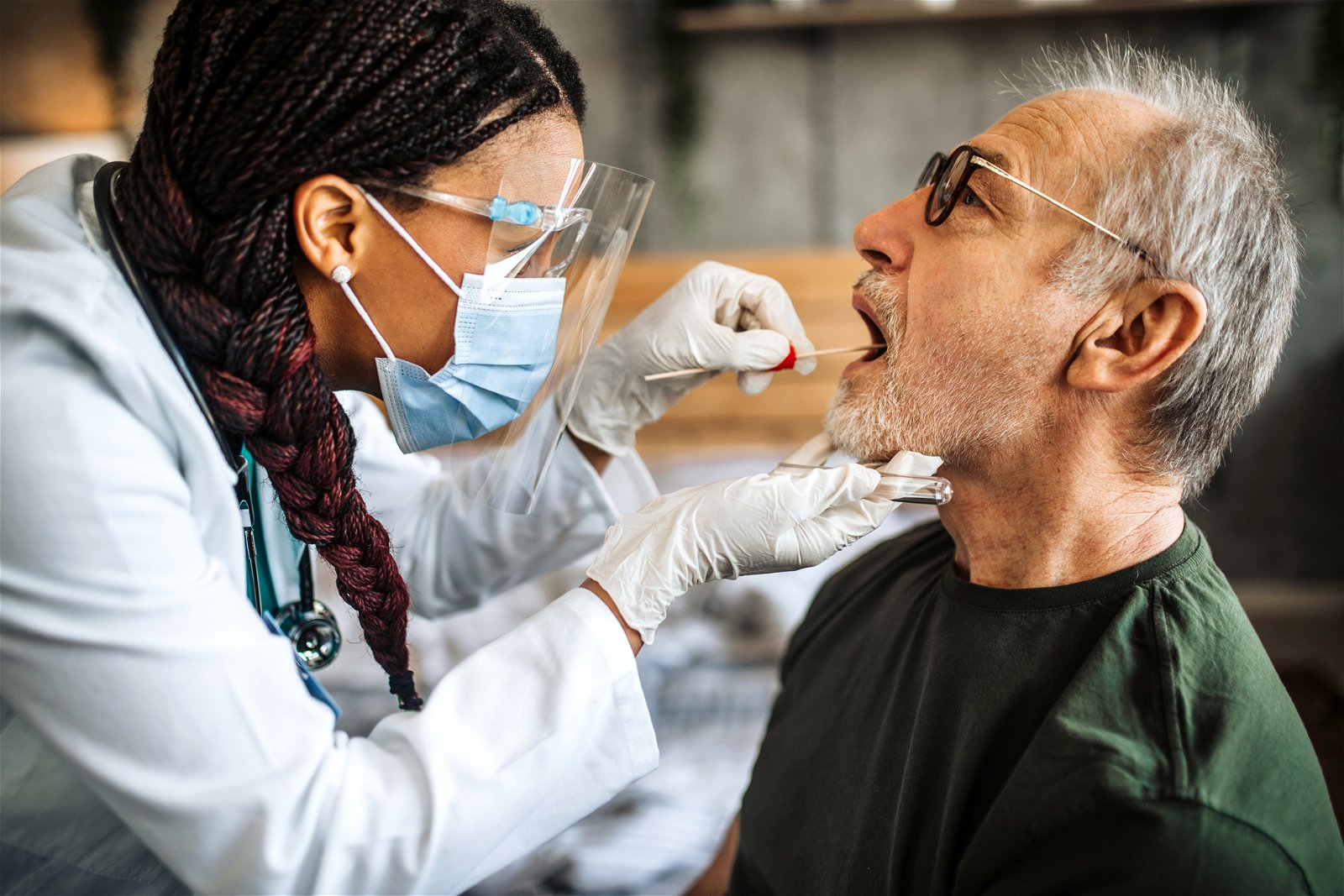References
Bäumer, C., Fisch, E., Wedler, H., Reinecke, F., & Korfhage, C. (2018). Exploring DNA quality of single cells for genome analysis with simultaneous whole-genome amplification. Scientific Reports, 8(1), 1-10.
California State University Long Beach (September 17, 2018). Tracking white sharks with Environmental DNA evidence. Accessed 4/6/2022 here.
Ghatak, S., Muthukumaran, R. B., & Nachimuthu, S. K. (2013). A simple method of genomic DNA extraction from human samples for PCR-RFLP analysis. Journal of biomolecular techniques: JBT, 24(4), 224.
Romsos, E. L., & Vallone, P. M. (2015). Rapid PCR of STR markers: Applications to human identification. Forensic Science International: Genetics, 18, 90-99.
Theda, C., Hwang, S. H., Czajko, A., Loke, Y. J., Leong, P., & Craig, J. M. (2018). Quantitation of the cellular content of saliva and buccal swab samples. Scientific reports, 8(1), 1-8.
Takeuchi, A., Sado, T., Gotoh, R. O., Watanabe, S., Tsukamoto, K., & Miya, M. (2019). New PCR primers for metabarcoding environmental DNA from freshwater eels, genus Anguilla. Scientific Reports, 9(1), 1-11.
ThermoFisher Bioscientific. The History of PCR. Accessed 4/6/2022 here.
Zhang, T., Wang, Y. J., Guo, W., Luo, D., Wu, Y., Kučerová, Z., ... & Li, Z. H. (2016). DNA barcoding, species-specific PCR and real-time PCR techniques for the identification of six Tribolium pests of stored products. Scientific Reports, 6(1), 1-11.


